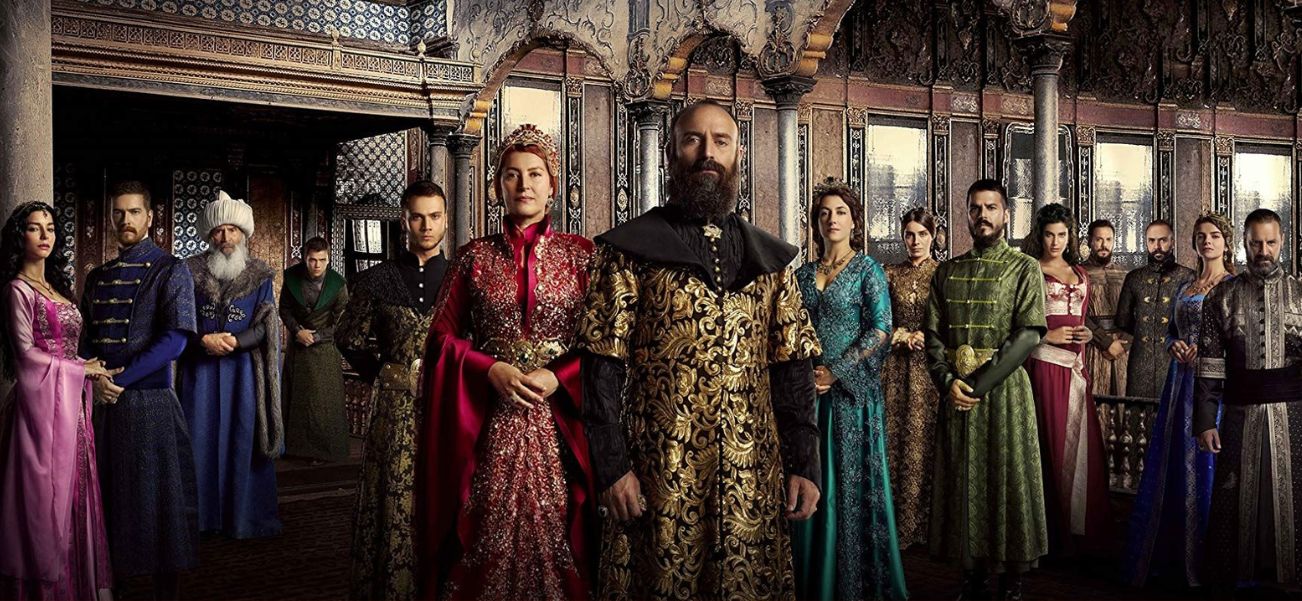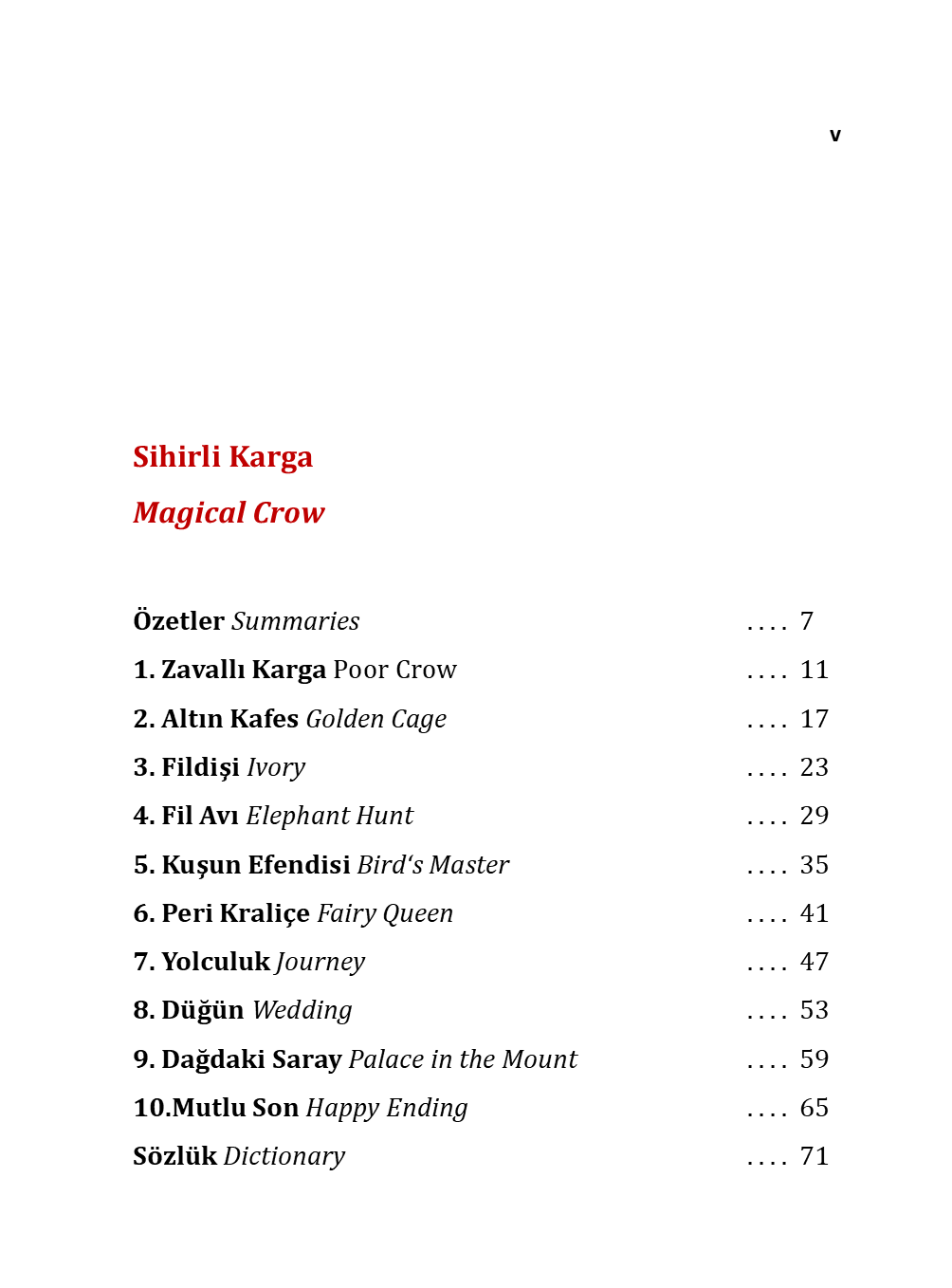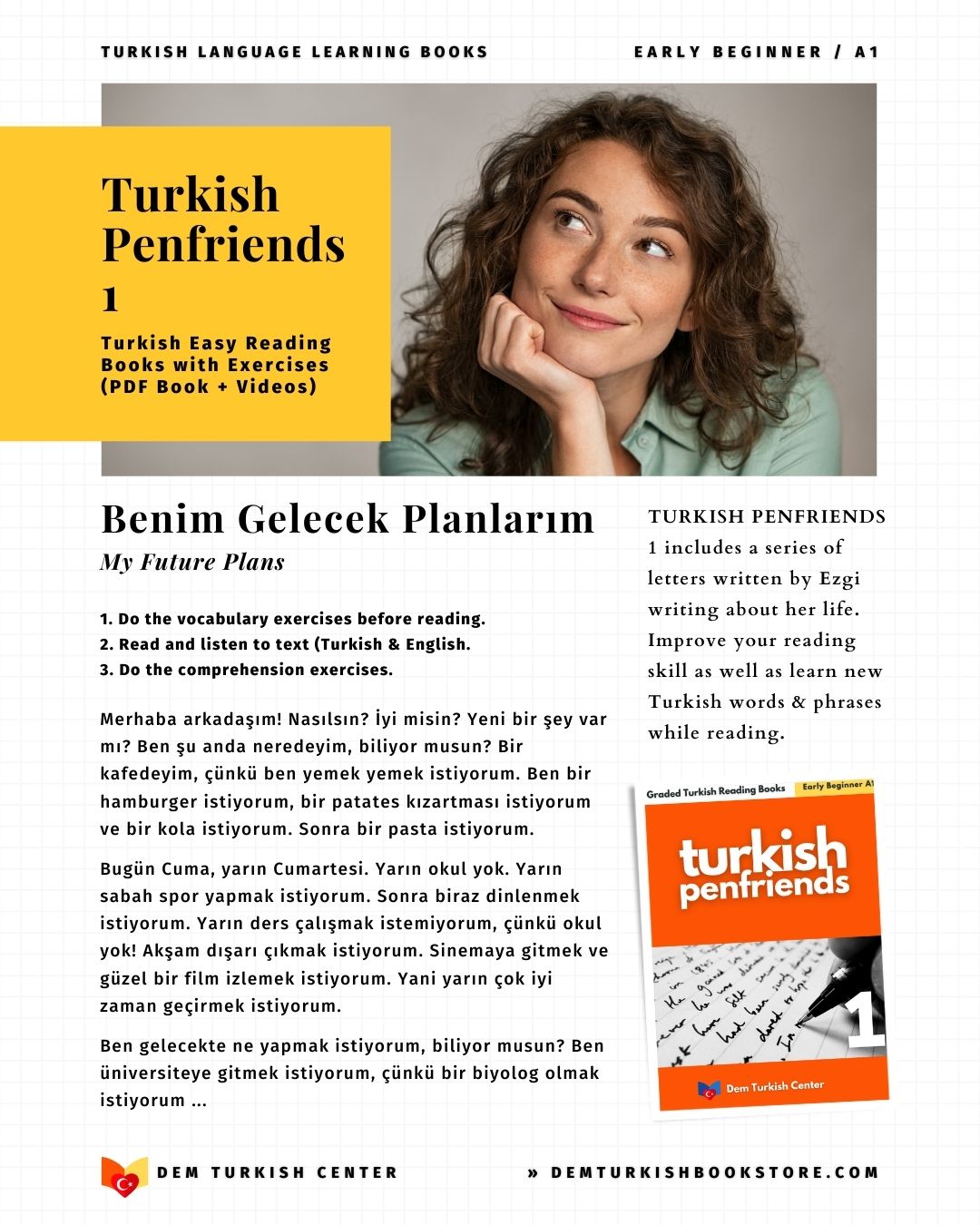
Magnificent Century: The Turkish TV Series That Brought the Ottoman Empire to Life
For over a decade, a television series from Turkey captivated audiences across the globe, transforming a niche interest in Ottoman history into a worldwide cultural obsession. "Magnificent Century" ("Muhteşem Yüzyıl" in Turkish) is more than just a TV show; it is a landmark in television production, a historical drama that masterfully blended fact and fiction to breathe life into the opulent, powerful, and often treacherous world of the 16th-century Ottoman court. This blog post delves into the phenomenon, exploring the historical context, the characters, the controversies, and the undeniable legacy of the series that made Suleiman the Magnificent and Hürrem Sultan household names.
Magnificent Century: Turkish Historical TV Drama at Its Finest
Listen to this podcast about "Magnificent Century":
The Historical Backdrop: Suleiman’s Golden Age

To understand the power of Magnificent Century, one must first appreciate the grandeur of the era it depicts. The series is set during the reign of Sultan Suleiman I, known in the West as "the Magnificent" and in the East as "the Lawgiver" ("Kanuni"). His rule, from 1520 to 1566, marked the zenith of the Ottoman Empire's political, military, and cultural power.

The empire stretched from the gates of Vienna to the Persian Gulf, and from the Crimea to modern-day Algeria. Constantinople, renamed Istanbul, was the vibrant, cosmopolitan capital of a superpower. The Topkapi Palace was not just a royal residence; it was the beating heart of the empire, a place where immense political power was wielded amidst stunning artistry and architecture. This was the world "Magnificent Century" promised to unveil—a world of immense wealth, intricate politics, and human drama on an epic scale.
The Plot: More Than Just a Harem Story

At its core, *Magnificent Century* is the story of Sultan Suleiman (played with brooding intensity by Halit Ergenç) and his legendary consort, Hürrem Sultan (brought to life by the mercurial and captivating Meryem Uzerli, and later by Vahide Perçin).
The series begins with Suleiman’s ascension to the throne and follows his military campaigns, his political struggles, and, most notably, his personal life within the Imperial Harem. The harem, often misunderstood in the West, was not merely a sultan’s pleasure palace. It was a complex, highly structured institution where women could wield significant influence. The mother of the Sultan, the Valide Sultan, often held immense power, and the favorites ("ikbals") and consorts vied for the Sultan’s attention, not just for personal affection, but for the future of their own sons and, by extension, the empire.
The Secrets of the Ottoman Harem: A World of Power, Passion, and Palace Intrigue

The narrative engine of the series is the rise of Hürrem Sultan. Originally named Alexandra Lisowska, a Ruthenian concubine captured by Crimean Tatars, she is brought to the harem as a slave. Her intelligence, cunning, and fierce ambition set her apart. The series meticulously charts her unprecedented journey from a concubine to Suleiman’s legally wedded wife, a title no other consort had held since the empire's early days. Her rivalry with Mahidevran Sultan (Nur Fettahoğlu), the mother of Suleiman’s first-born son, Mustafa, forms one of the central conflicts of the early seasons, a battle fought with poisoned words, political machinations, and sometimes, deadly consequences.

But "Magnificent Century" was far more than a harem drama. It was a sprawling political thriller. Key storylines involved:
- The Grand Vizier Pargalı Ibrahim Pasha Suleiman’s childhood friend and most trusted advisor, whose own ambition and close relationship with the Sultan lead to a tragic and shocking downfall.
- The Şehzade (Princes) Conflicts The heartbreaking Ottoman practice of royal fratricide, where brothers fought to the death for the throne, is portrayed with gut-wrenching emotion, particularly in the stories of Şehzade Mustafa, Şehzade Mehmed, Şehzade Selim, and Şehzade Bayezid.
- International Politics The series did not shy away from depicting Suleiman’s rivalries with key European figures like Charles V, Holy Roman Emperor, and Francis I of France, as well as his naval conflicts with the infamous Barbarossa Hayreddin Pasha.
A Cast of Unforgettable Characters

The success of "Magnificent Century" rests on the shoulders of its phenomenal cast, who turned historical figures into relatable, complex, and often flawed human beings.
Halit Ergenç as Sultan Suleiman

Ergenç portrayed Suleiman as a multifaceted leader—a poet, a warrior, a lover, and a statesman, but also a man burdened by the immense weight of the crown, capable of great love and terrifying ruthlessness.
Meryem Uzerli as Hürrem Sultan

Uzerli’s performance was a revelation. She captured Hürrem’s initial vulnerability, her rapid intellectual growth, her fierce maternal instincts, and her unyielding ambition, making her both a sympathetic figure and a formidable antagonist.
Nebahat Çehre as Ayşe Hafsa Sultan

As the Valide Sultan, Suleiman’s mother, Çehre embodied power and tradition. She was the matriarch of the dynasty, a stabilizing force whose wisdom and authority were crucial in the early years of her son's reign.
Okan Yalabık as Pargalı Ibrahim Pasha

Yalabık brought charm, intelligence, and a tragic depth to Ibrahim, making his friendship with Suleiman and his eventual execution one of the most poignant arcs of the entire series.
Selma Ergeç as Hatice Sultan

Suleiman’s beloved sister, whose life was intertwined with the fates of both her brother and her husband, Ibrahim Pasha. Ergeç portrayed her with a graceful vulnerability.
Production Values: A Visual and Auditory Feast

One cannot discuss "Magnificent Century" without praising its breathtaking production quality. The series was a benchmark for Turkish television drama, proving it could compete with international giants.
- Costume Design The costumes, designed by Serdar Başbuğ, were nothing short of spectacular. Each kaftan, each piece of jewelry, was a work of art, meticulously researched and crafted. Hürrem’s dazzling gowns and intricate headpieces became iconic, setting fashion trends and establishing a visual language for Ottoman opulence.
- Set Design The recreation of the Topkapi Palace and its harem was staggering. From the majestic Audience Chamber to the lush courtyard gardens and the ornate private chambers, every set was dripping with detail, transporting viewers directly into the 16th century.
- Cinematography and Music The show was filmed with a cinematic quality, using light and composition to enhance the drama. The musical score, composed by Fahir Atakoğlu and Soner Akalin, was a character in itself—epic, romantic, and haunting, perfectly underscoring the emotional highs and lows of the narrative.
The Controversies: History, Drama, and Public Debate

A series of this scale and popularity was bound to attract controversy. In Turkey, "Magnificent Century" became a subject of intense public and political debate.
- Historical Accuracy The most significant criticism came from historians and conservative groups who accused the series of distorting history. They argued that it focused too much on the harem’s sensuality and intrigue, thereby tarnishing the dignified image of Sultan Suleiman the Magnificent and the revered Ottoman dynasty. The portrayal of Suleiman as a man dominated by his love for a woman was seen by some as an insult to a great leader.
- Political Backlash The series was even discussed in the Turkish parliament, with some politicians condemning it for being "degenerate." The producers faced lawsuits and pressure, which arguably influenced the narrative direction in later seasons, shifting focus more towards the political and military exploits of Suleiman and his sons.

The creators, notably producer Timur Savcı, defended the series as a historical drama, not a documentary. They exercised creative license to explore the human emotions and relationships behind the historical facts, arguing that their primary goal was to tell a compelling story that would engage a modern audience. This tension between historical record and narrative fiction is a classic challenge for the genre, but "Magnificent Century" faced it on a uniquely public and politicized stage.
The Global Phenomenon and Lasting Legacy

Despite the controversies, or perhaps because of them, "Magnificent Century" became a global juggernaut. It was sold to over 50 countries, from the Balkans and the Middle East to Latin America and Eastern Europe, sparking a worldwide "Turkophilia" and a surge of interest in Turkish culture and history.

Its impact is undeniable:
- The Rise of Turkish Drama The series single-handedly put Turkish TV series on the global map, paving the way for other mega-hits like "Diriliş: Ertuğrul (Resurrection: Ertuğrul)"" and "Kuruluş: Osman (Establishment: Osman)". It demonstrated the global appeal of Turkey’s high-production-value storytelling.
- Boosting Tourism There was a measurable "Magnificent Century effect" on tourism in Istanbul. Visits to the Topkapi Palace surged, with tourists eager to walk the same halls as Hürrem and Suleiman. The series made history tangible and exciting.
- Cultural Dialogue It fostered a new curiosity about the Ottoman Empire in the West, presenting a perspective often overlooked in European-centric histories. It humanized a civilization that is frequently reduced to stereotypes in Western media.
- A Feminist Icon in Hürrem Regardless of one's moral judgment of her actions, Hürrem Sultan was portrayed as a woman who defied the rigid constraints of her time. She used her intellect and willpower to carve out a position of unparalleled power, making her a complex and compelling figure for modern audiences, especially women.
Conclusion: A Truly Magnificent Achievement

"Magnificent Century" was a perfect storm of brilliant storytelling, exceptional acting, lavish production, and compelling historical subject matter. It transcended the label of a television show to become a cultural touchstone. It reminded us that history is not just a list of dates and battles; it is a tapestry woven from the threads of love, ambition, power, betrayal, and loss.
By choosing to focus on the deeply human stories within the gilded cages of the Topkapi Palace, the series gave us unforgettable characters whose struggles and triumphs resonated across cultures and centuries. It brought the Ottoman Empire to life with a vibrancy and intensity never before seen on screen, leaving an indelible mark on the landscape of global television and in the hearts of millions of viewers. For that, its reign in the annals of television history is, indeed, magnificent.













